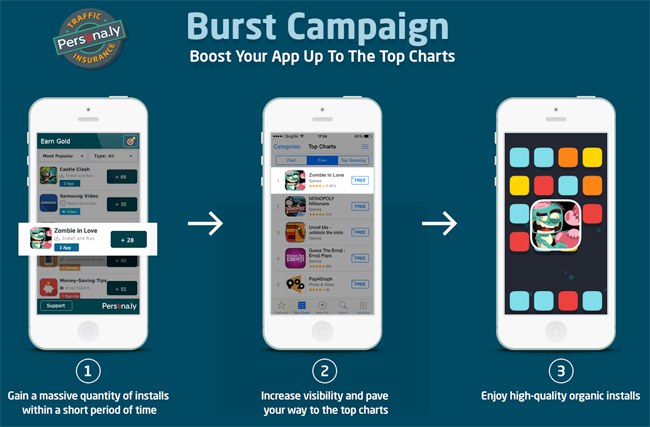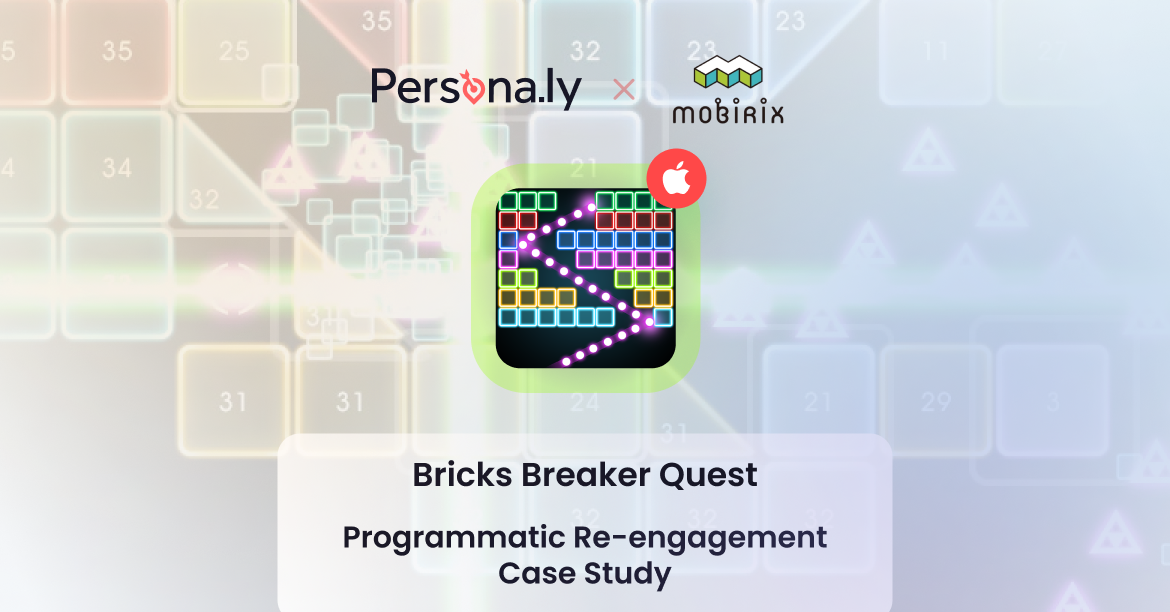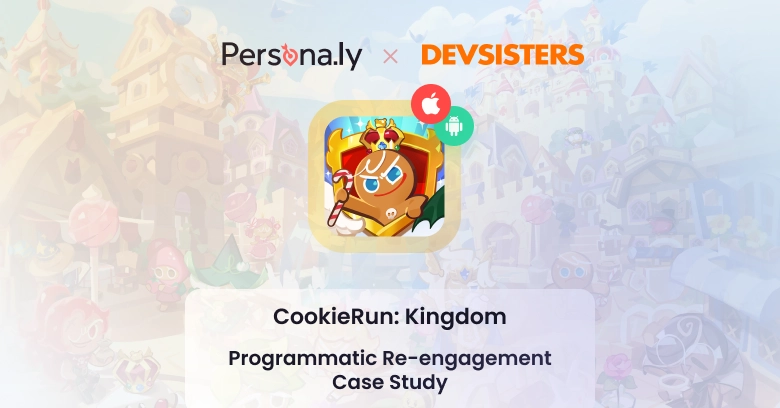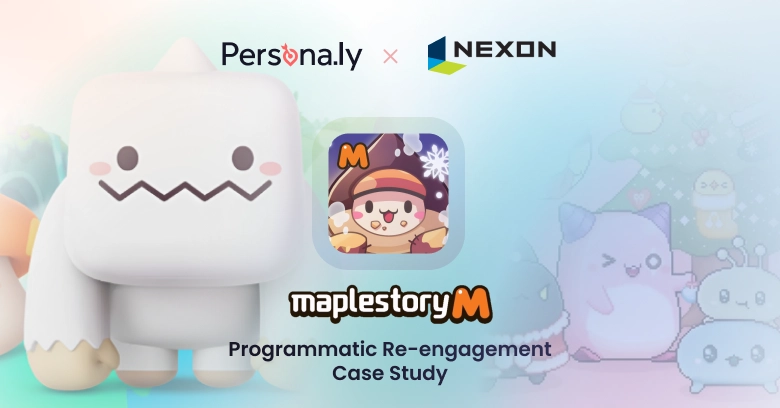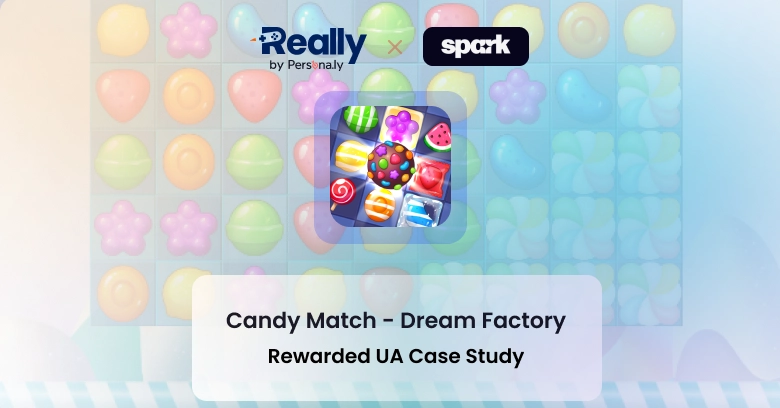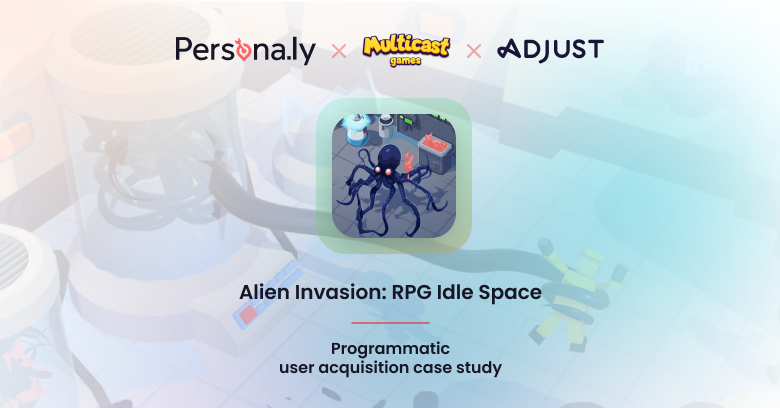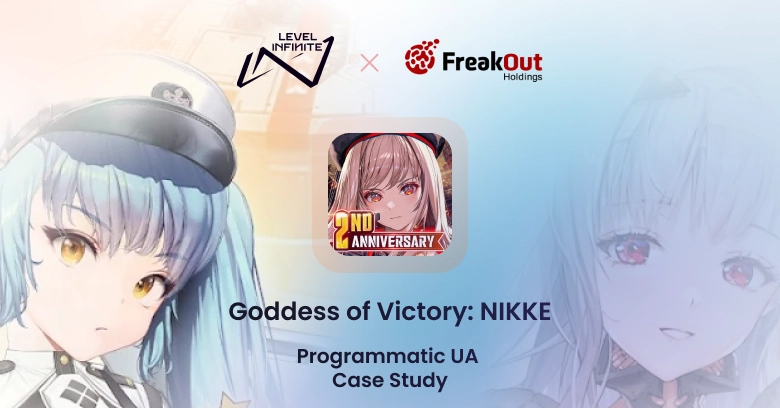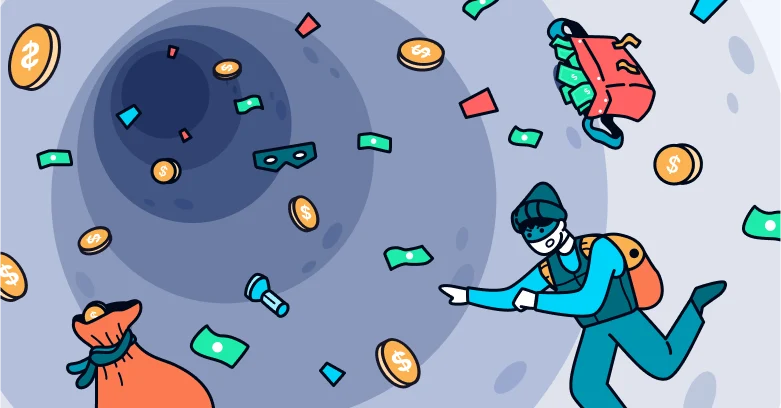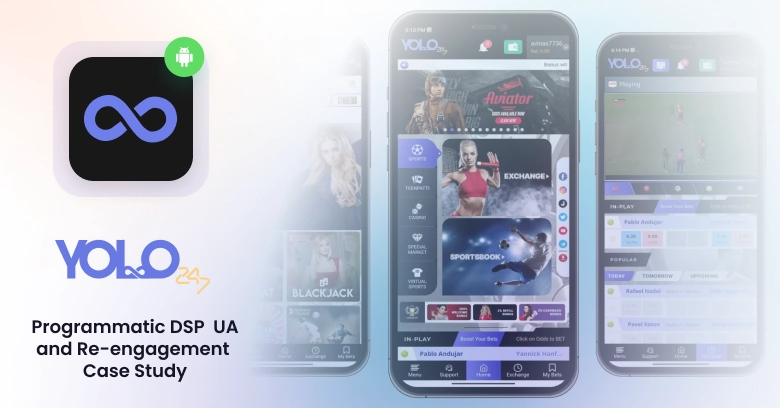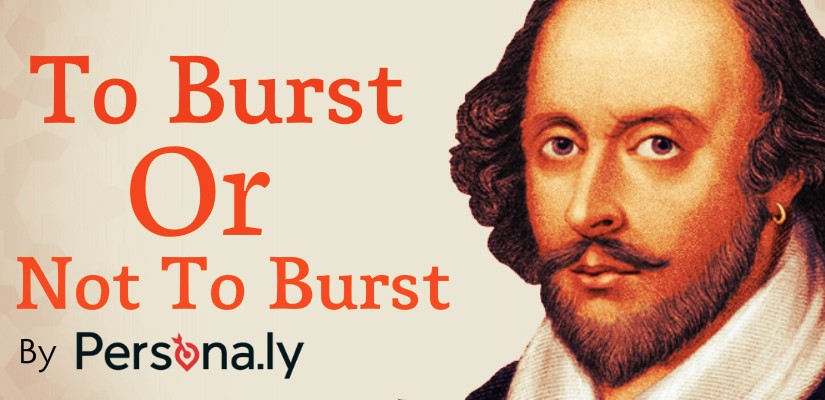
To Burst Or Not To Burst?
Mobile Burst Campaigns Explained
Let’s start with the problem.. good apps are rarely getting discovered as the markets are saturated (1.6 million apps for Android and 1.5 million for iOS). A recent earnings report from Japan’s leading mobile game publisher GungHo Online shows a 30% slide in net profit. The company noted that they are
“moving into a saturation period due to the slowdown of such diffusion and an oversupply of games”.
“Burst campaign” is a unique technique to stand out in a saturated market. The goal – reach the top of the top charts as quickly as possible. The process is built on getting as many installs as you can during the burst period, which usually lasts between 48 to 72 hours – the majority of them will be incentivized installs (When the user is not genuinely interested in your app but gets some sort of reward / virtual goods for downloading and using it).
The main KPI for this campaign is to be ranked at the top charts of the app stores. This way, your app gains visibility and exposure which produces quality organic installs from users that are engaged with your app and invite their friends, thus generating revenue. Plus, you might get free media coverage and partnership requests.
The number of installs needed in order to get to the Top – 10 varies for each country and category.
Best Practices – when is the right time to launch a burst campaign:
-
- New app launch – when you feel that your app reached maturity and is ready to be exposed to the masses.
- Related events – if there is a peak season of downloads for your app thanks to a related event. A recent example is a burst we ran for a Football related app just before the Super Bowl 50.
- Holiday Season – around 20% more downloads occur during the holiday season as opposed to the rest of the year. Conducting a burst campaign during the holidays can bring more organic installs, although they can be more expensive due to the high demand and competition.
- New audiences – reviving your app using a burst campaign to unlock new audiences and get out of the plateau.
- Sustain your app store rankings – new apps are showing up all the time, and you can use a low budget burst to preserve your rank.
- YAIDG – short for Your App Is Damn Good – if you are sure you’ve got a hit in your hands that everyone needs on their phones, then a burst campaign strategy might be the best one for you. If your app is suited for the general population (meaning that you are not targeting a specific niche) and it has simple usability, you might get a substantial number of loyal users, even from the incentivized users in addition to the organic installs.
iOS Vs Android, Should I expect the same results?
Well.. the answer is No. While no one can give an accurate answer on how the store’s ranking algorithm actually works, I will share some insights from our experience:
The Apple store ranking algorithm mainly takes into account the number of installs in a period of time, user reviews, and the number of searches for the app.
The Google Play ranking algorithm takes into account the uninstall ratio, the usability, user reviews, and the number of installs in a given time.
Since Google gives less weight to the number of installs, my suggestion is to run longer bursts on Android and to do it simultaneously with some PR and high-quality user acquisition campaigns. Another solution we are testing now is to run CPE (Cost per Engage) burst campaigns – which means that the user will earn his reward only after reaching a specific level or milestone in the game, that way you can guarantee higher usability.
How to build a successful burst campaign and what to avoid:
- Quality – do not compromise on the quality of the installs. Installs from robots or proxies can affect your rankings badly, so make sure to use a vendor who is technologically able to filter the bad apples out.
- “Go big or go home” – do not underspend, otherwise you can waste the budget and get nothing valuable in return.
- Expectations – set a realistic goal; build the process with mini-goals; try to test in smaller but relevant markets.
- Intelligence – use a vendor that is well connected in the mobile industry who can advise the right timing for your burst. You don’t want to launch a casual game during the same weekend that King and Rovio are launching.
From Zero To Hero – A recent case study
For those of you who are not soccer addicts like myself, I will explain that the soccer matches on Boxing Day (celebrated on 26 December, the day after Christmas) are one of the most eagerly anticipated events in the English calendar and is often an occasion in which the entire family goes to watch a match.
As I mentioned before, big events are the most common cases to start a burst campaign, and that’s why a big match day means a big day in the gaming industry.
I would like to present a classic case study for a campaign we ran for 10Bet on Boxing Day.
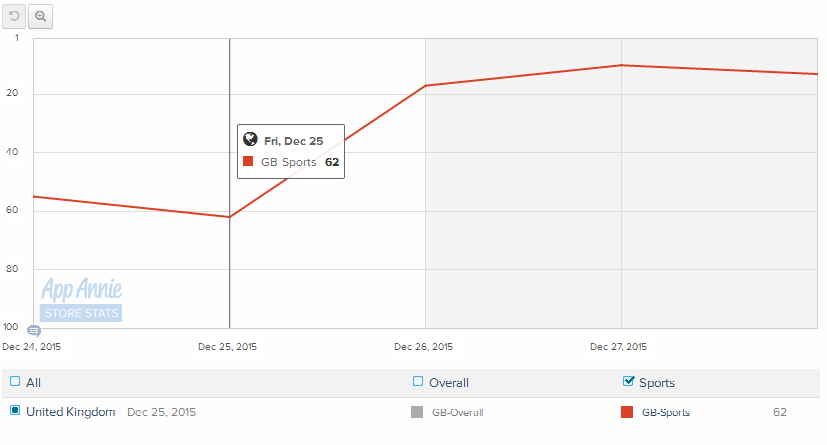
As you can see in the graph above, we started sending paid installs on the 25th of December when the app was ranked at 62nd place, and by the 27th of December, it was ranked at 7th place. As a result, 10Bet gained hundreds of organic installs and of course new depositing players.

To sum up, the burst campaign, if done correctly, can be the best option to get discovered by the masses, build your community, and retain early adopters.
Keep in mind that first, you have to build an app that will be good enough so users will actually stick with it. There is no magic solution here 🙂
So.. Happy Burst Day!
